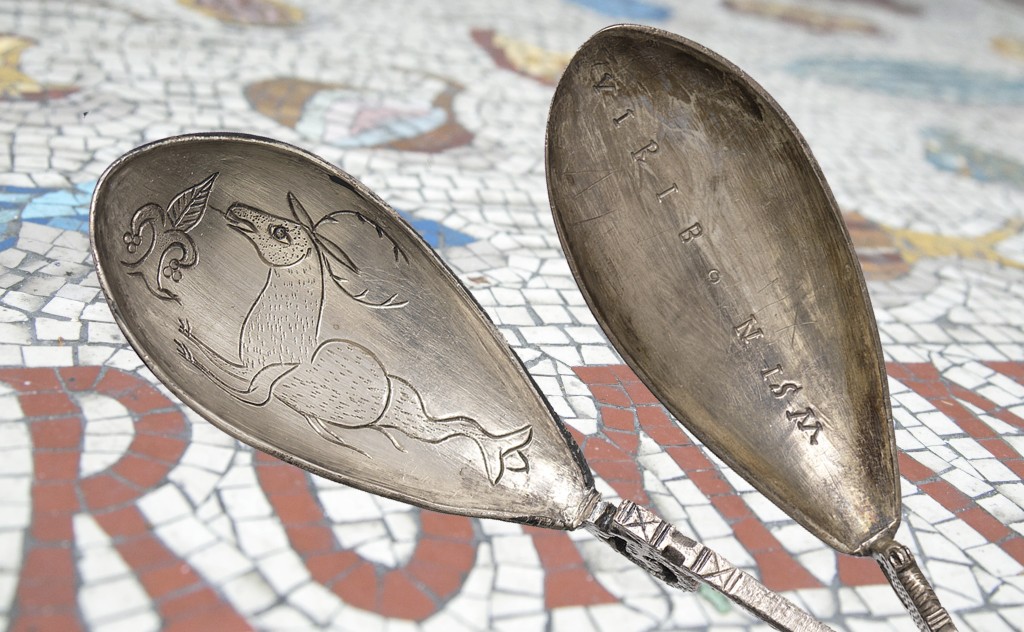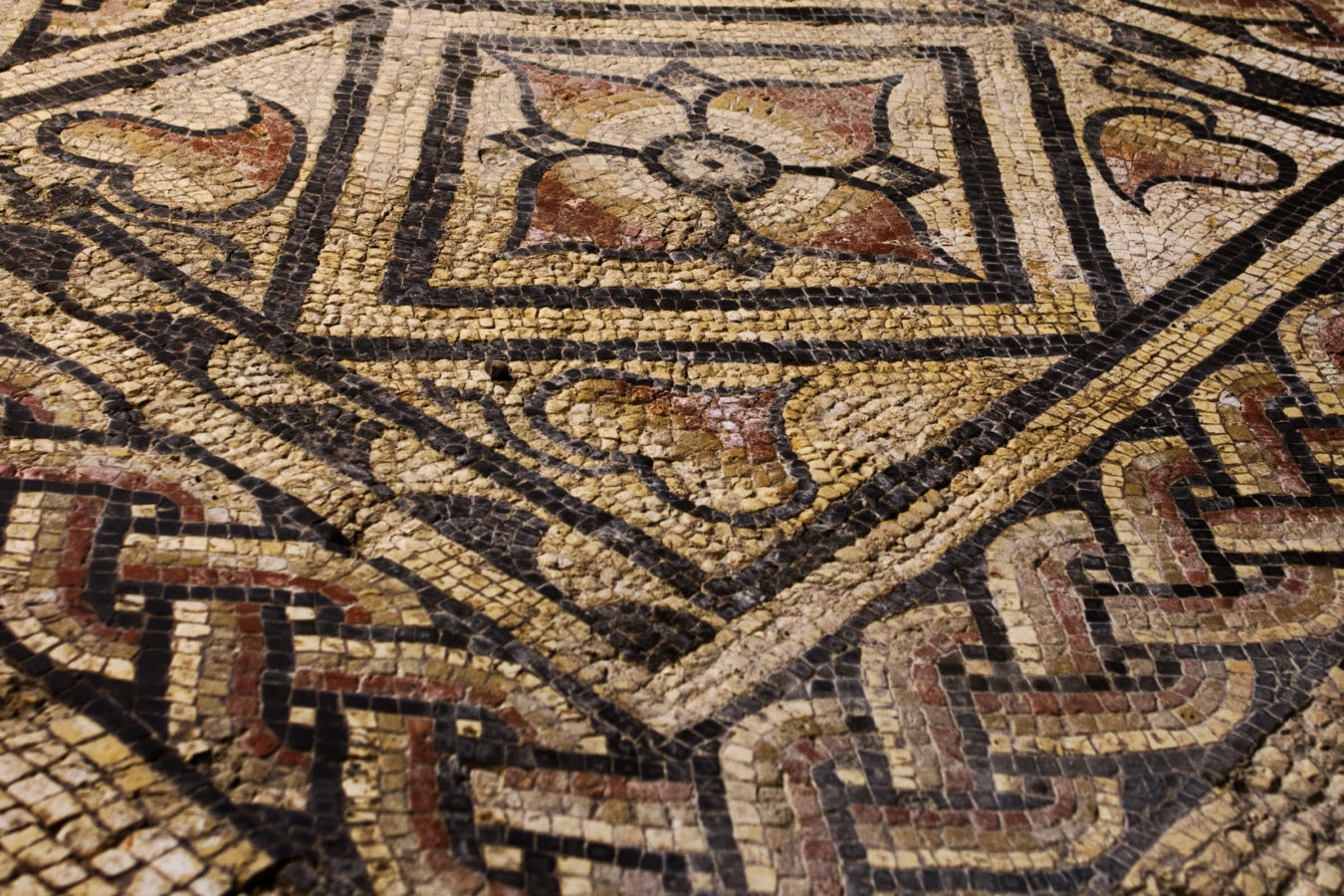
Silverware
When the garrison was withdrawn, Roman Canterbury was no longer safe. Townspeople fled as...
The people of Roman Canterbury were able to purchase both imported and British-made jewellery. The most popular items for both men and women to adorn themselves with were rings and brooches – brooches having the practical function of pinning clothing together. A number of the brooches on display in the museum have enamel decoration, which is where coloured glass is fused to a metal by applying heat.
Roman women wore a variety of different types of jewellery – including rings, bracelets and pins – and precious stones. One of the rings on display is made of wire twisted into decorative knots; another has a stone with inscribed carving of a satyr and was perhaps used to leave a personal mark on seals. The pins were probably used for keeping elaborate hairstyles in place and may also have fastened clothing.
Many of the items on display were found not far from where they reside today, during excavations of the Marlowe car park in 1978-80.


